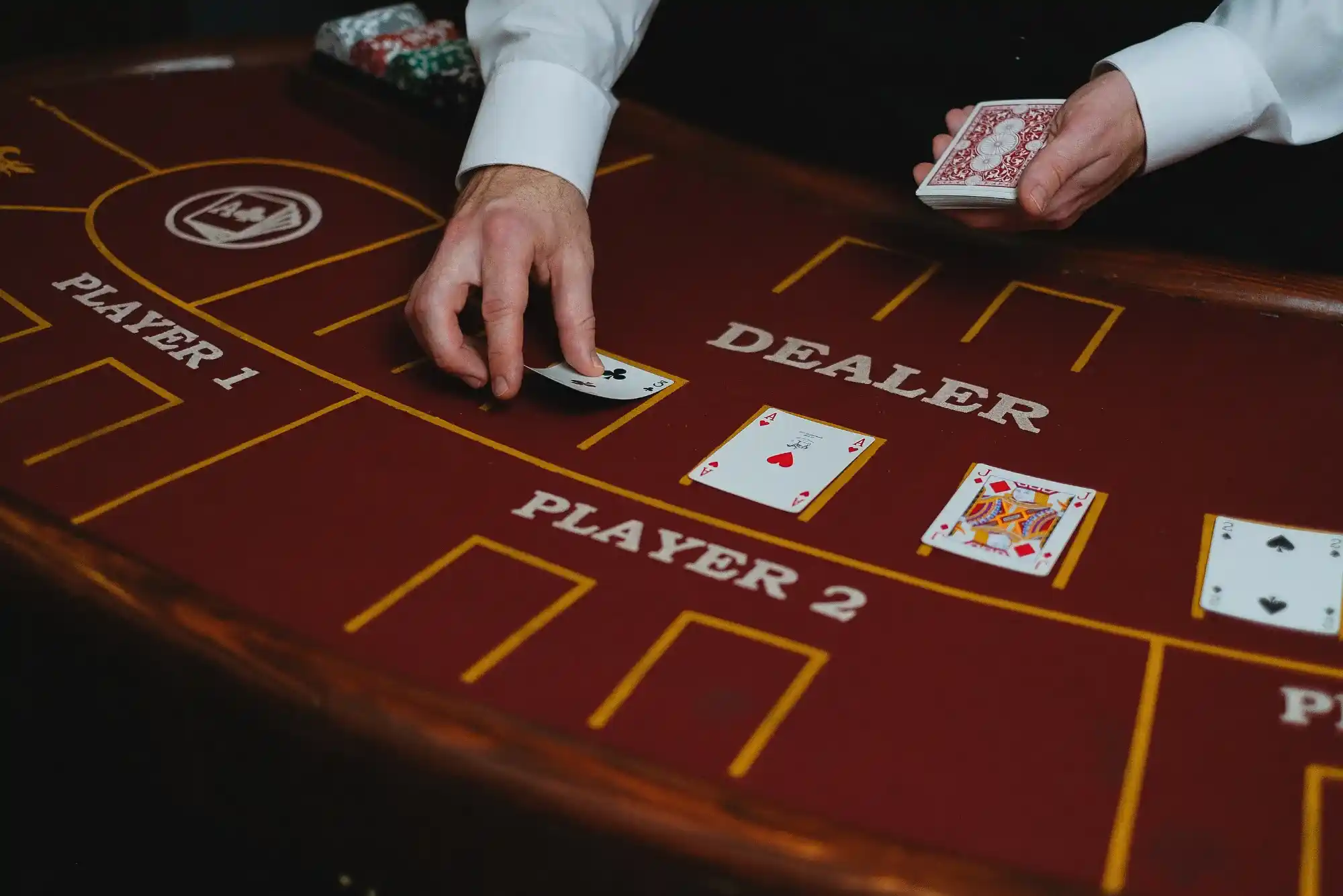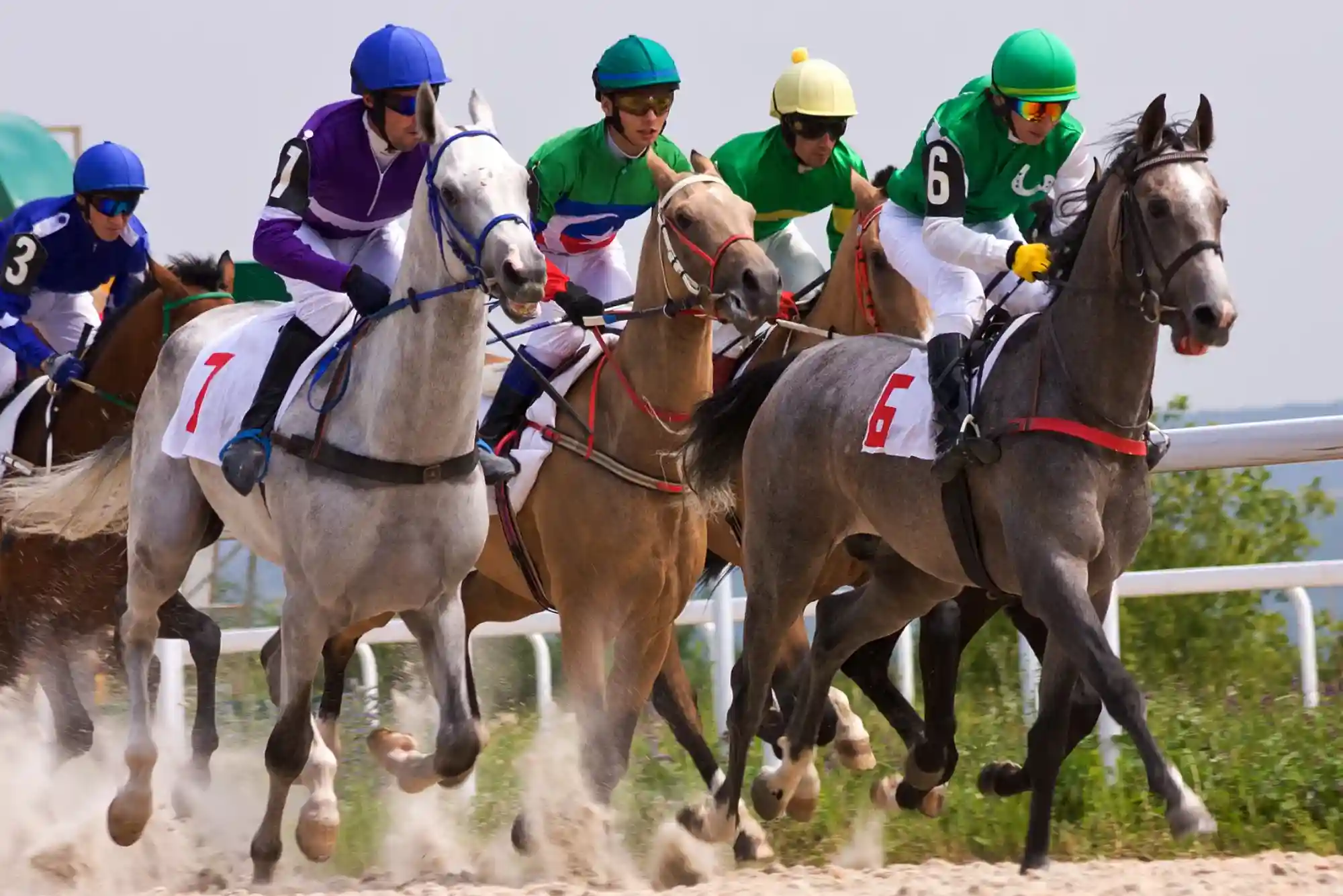Sitting down at a poker table is like stepping onto a chessboard. Every seat holds its own strategic weight, and the choices you make from each position can mean the difference between a winning session and an empty bank roll. As someone who’s spent years grinding out both cash games and tournaments, I’ve learned that mastering table position isn’t optional—it’s essential. Beyond the cards you hold, your seat determines how much information you gather, when you get to act, and ultimately how much control you have over each hand.
When I first transitioned from home games to online poker, the pace felt relentless. Suddenly I had milliseconds to decide, and the chatter around me was silence instead of friendly banter. Yet the one constant was my seat at the virtual table. Early on, I ignored position, thinking my hand selection was the only thing that mattered. It wasn’t until I started tracking my wins by seat that the pattern emerged: I won more hands from late positions and lost more from early ones. That realization sparked my journey into understanding how the mechanics of position weave into every aspect of poker strategy.
From the first poker room I ever visited, to the high-stakes tables at my local casino, one truth has always held: the later you act, the more advantage you enjoy. Early positions, like under-the-gun (UTG), force you to commit chips before you’ve seen how your opponents behave. In contrast, the button—often called the “dealer’s seat”—lets you observe almost all actions before making a decision. That’s why seasoned players will fight for the dealer spot, knowing that with each extra fold or raise they witness, their decision gets clearer.
Understanding this dynamic is so crucial that I often advise newer players to log a few hours on the best online poker sites UK to practice position-based play. These platforms not only host traffic at various stakes but also offer hand-history reviews so you can analyze how your position affected past outcomes. By reviewing hands where you acted early versus late, you’ll see the statistical edge gained simply by moving your chips after your opponents.
The Anatomy of Table Positions
Before diving deeper, it helps to know the common seats around a nine-handed table. After the dealer button, two players to its left post the small and big blinds—mandatory bets that fuel the pot. Immediately to the left of the big blind is UTG, followed by UTG+1 and so on. As you move clockwise, you pass through middle positions before hitting the cutoff (one seat before the button) and finally the dealer. While every poker variant tweaks the action slightly—Omaha eight-or-better, for instance, has four hole cards instead of two—the core concept of position remains steadfast.
In cash games, position dictates how wide you can stretch your starting hand requirements. From early spots, you’re best off sticking to premium hands—pocket aces, kings, ace-king suited—because you’ll face multiple decisions facing unseen bets. Late position allows you to play a broader range, squeezing value from your opponents’ cautious play with suited connectors and small pairs. I remember once in a £1/£2 cash game, I flopped a straight in the cutoff and managed to extract a sizeable pot from two players who thought my pocket tens were unbeatable. That win wouldn’t have materialized if I’d sat UTG and folded my speculative hand pre-flop.
Information Advantage and Pot Control
One of the simplest but most profound benefits of acting late is information. Imagine you’re in middle position with pocket jacks. You open with a raise, but you have no clue whether the player in the cutoff holds pocket aces or is merely rubber-banding with king-queen suited. If you were on the button, you’d see the cutoff check or raise first, giving you critical insight into their hand strength. Acting last allows you to tailor your bet size, decide whether to check-call, check-raise, or simply fold. It also influences how you steer the pot size—small pots when you’re likely beat, and big pots when you sense weakness.
In tournaments, this control becomes even more pronounced. With escalating blinds and antes, surviving a marginal hand in early position can cripple your stack with a single wrong move. Late position lets you bide your time, accumulating small pots and waiting for your opponents to make errors. I once navigated a late tournament stage by patiently folding from early seats and then using the button to steal blinds repeatedly, building a stack that propelled me into the final table.
Positional Awareness in Different Formats
Cash games and tournaments share the fundamentals of position, but applying them can vary. In a deep-stacked cash game, speculative hands from late position can hit monsters on the flop, and you have room to maneuver if you miss. Conversely, in a short-stacked tournament scenario, position dictates your shove or fold decisions. With blinds eating at your stack, you can’t afford speculative play from any seat—you need to push or fold based on your remaining chips and position.
Sit & Go tournaments, often hyper-turbos, place a premium on position because blinds rise quickly. I recall a hyper-turbo where, from the cut-off with just ten big blinds, I folded all but premium hands. But when I found ace-ten suited in the hijack, the button’s impending steal attempt gave me the confidence to push, picking up blinds uncontested when folded around. That push wouldn’t be profitable from early positions with a similar stack size, highlighting how one seat can switch your expected value dramatically.
Reading Opponents Through Position
Beyond hand strength and pot control, position is a window into your opponents’ tendencies. I still chuckle at the time I faced three players on the river, each checking, from early position with top pair. My heart skipped a beat—I held kings and queens, but did any of them have a set? Had they been check-raising on earlier streets? The answer lay in their seat order. The UTG player, notoriously tight, seldom flopped anything; his check on the turn suggested genuine weakness. The cutoff, a loose-aggressive regular, had a pattern of check-calling too light. Utilizing this positional read, I fired a river bet and took down the pot. Without awareness of who acted first, second, and third, my read would have been muddled.
Making Adjustments Based on Seat
Strong players adjust their opening ranges and continuation bet frequencies based on where they sit. On the button, I often open-raise 70% of hands, knowing I can fold to resistance or barrel on favorable flops. In the small blind, however, my opening range shrinks to about 25%, mostly high-card hands and premium pairs, because I’ll be out of position for the remainder of the hand. I’ve found that without these adjustments, I bleed chips over time, calling raises out of the blinds with weak holdings and chasing down marginal pots.
Similarly, continuation betting (c-betting) rates should mirror your table seat. From early position, piling in a c-bet on every flop is risky—you’ll face more callers and potential raises. From late position, c-bets let you push opponents off marginal holdings, especially in heads-up pots. I once faced a veteran on the button who c-bet only when he sensed aggression from the blinds, mixing in checks with bluff-catching hands. That nuanced application of position made his strategy nearly unexploitable.
Positional Play in Multi-Way Pots
Most discussions on position focus on heads-up scenarios, but multi-way pots add another layer. When three or more players see the flop, your positional advantage compounds: acting last gives you insights into two or even three opponents before you decide. In a three-way pot on the river, observing how each player reacts—who hesitates, who checks fast—provides invaluable information. I’ve exploited that in both cash games and tournaments, turning marginal hands into winners by capitalizing on others’ uncertainty.
However, multi-way pots also demand tighter hand selection from early seats. If UTG limps with ace-queen suited and a player in late position calls with suited connectors, the flop can get out of hand fast. Recognizing your position in relation to the number of players in the hand guides whether you continue or fold. Over time, mastering multi-way positional dynamics has been a game-changer for my bottom line.
Using Position to Steal Blinds
One of the most practical applications of position is blind stealing. In late position—especially on the button and cutoff—you can raise light against tight players in the blinds, picking up small but consistent pots. I measure my blind-steal attempts by fold equity, gauged from previous hands: if the big blind folded 80% of the time when I raised from the button, that’s +EV (positive expected value) play. Online, blind-stealing stats are even more transparent, with HUDs showing each adversary’s fold-to-steal frequency.
At brick-and-mortar tables, it’s read-based. I once sat to a loose-aggressive player in the big blind who called with any two cards. Knowing this, I tightened my button raise range to avoid limp-check flops that favored him. That adjustment increased my steal success rate and kept me from wading into marginal flops out of position.
Defensive Adjustments in the Blinds
Being in the blinds is tough—especially the small blind, where you act first on all post-flop streets. But strong players turn this into an opportunity for creative defense. Against a button raise, I sometimes call with hands that have good equity and can flop well—such as suited connectors and medium pairs—particularly when the button is over-aggressive. When I hit a monster, I extract value; when I miss, I fold to further aggression. This defensive balance keeps opponents honest and can dramatically reduce your blind defense leak.
Real-World Example: Tournament Deep Run
In a recent live tournament, I found myself short-stacked at the final six players. With blinds at 10,000/20,000 and ante 2,000, I held just 12 big blinds in middle position. Every hand demanded precision. I folded UTG opens, but when I was on the button with king-jack offsuit, the big blind—a tight TAG (tight-aggressive) player—limped behind the button’s open, sensing weakness. The limp-call dynamic suited me: I flopped top pair and managed to extract chips through carefully timed bets, turning my stack into 30 big blinds. My positional awareness—in recognizing when to exploit the limper versus when to fold—dictated whether I survived or busted in that hand.
Beyond the Basics: Advanced Positional Concepts
Experienced players also consider deeper factors like position versus stack size, payout structures, and table image. For example, in short-handed games (four to six players) or heads-up situations, the value of the button skyrockets, since you act last on every street. Conversely, in full-ring games, early positions wane further in power because you face more subsequent actions. Recognizing these nuances helps you adjust your overall aggression levels.
Table image plays a role too. If you’ve been seen as hijack-stealing from the cutoff, dealers and fellow players may tighten up, giving you more fold equity. Savvy opponents might exploit that by jamming light when you steal, so you need to counter-exploit by tightening your steal range occasionally. This meta-game—where your opponents’ perception of your position-driven play becomes part of your strategy—adds depth and excitement to high-level poker.
Tips for Improving Positional Play
Improving your positional awareness is a gradual process. Start by reviewing hand histories with seat information. Note how your win rate changes by position, and adjust your starting hand ranges accordingly. Practice on low-stakes tables, focusing on late-position steals and early-position discipline. Seek out training videos or poker coaching that emphasizes position, since real-life examples and expert commentary can accelerate your learning curve. I’ve found that even ten minutes of study per day, reviewing hands with a focus on position, yields noticeable improvements within weeks.
Conclusion
Poker is a game of incomplete information, and position serves as your most reliable compass through the fog of uncertainty. Acting late grants you insights, control, and flexibility that turn marginal edges into significant profits over time. Whether you’re a novice learning to differentiate UTG from the cutoff or a seasoned pro fine-tuning your multi-way strategies, never underestimate the power of your seat. Next time you log on or sit down at your local casino, pay attention to that button and blinds—understanding them could be the key to unlocking your next big score.




